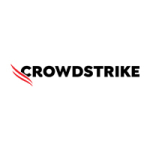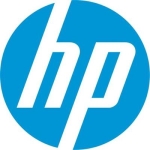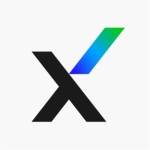What is our primary use case?
Cortex XDR by Palo Alto Networks is the antivirus solution we use for Androids.
What is most valuable?
The solution's most valuable feature is its ability to rapidly detect certain hardware files.
All other features of Cortex XDR by Palo Alto Networks are fine.
What needs improvement?
We have implemented a product that blocks USB usage and also provides device control for our company.
Currently, we are monitoring all USB drives and ports but we would like to improve our device control capabilities.
Although we are using this feature, we allow specific systems and USB devices. For example, we enable certain users to use external hard drives but we may disable them if necessary. However, due to the nature of our organization, we do not have a dedicated department for this task.
For how long have I used the solution?
I have been working with Cortex XDR by Palo Alto Networks for approximately seven years.
We are working with the most recent version.
What do I think about the stability of the solution?
The stability of Cortex XDR by Palo Alto Networks is a nine out of ten.
What do I think about the scalability of the solution?
I would rate the scalability of Cortex XDR by Palo Alto Networks a ten out of ten.
In our organization, we have 2,700 licenses. Our users are mostly IT specialists.
Our organization is using the Cortex system across all platforms, including servers running Linux, Mac, and Windows operating systems.
Maintenance is done by the vendor.
How are customer service and support?
Technical support is good.
We have also used them for Palo Alto Firewalls.
We do not have any issues with support, I would rate them a nine out of ten.
Which solution did I use previously and why did I switch?
Previously, approximately one year ago, we used Kaspersky.
We are currently using both Kaspersky and Cortex XDR by Palo Alto Networks.
How was the initial setup?
The installation process is straightforward, and the software itself is lightweight.
What about the implementation team?
The installation process takes less than a minute.
What's my experience with pricing, setup cost, and licensing?
Our license will require renewal in August, after which the maintenance will continue as usual.
I am not aware of the fees, it is handled by our financial department.
What other advice do I have?
I would recommend this solution to others who are interested in using it.
I would rate Cortex XDR by Palo Alto Networks nine out of ten.
Which deployment model are you using for this solution?
Public Cloud
Disclosure: My company does not have a business relationship with this vendor other than being a customer.





















